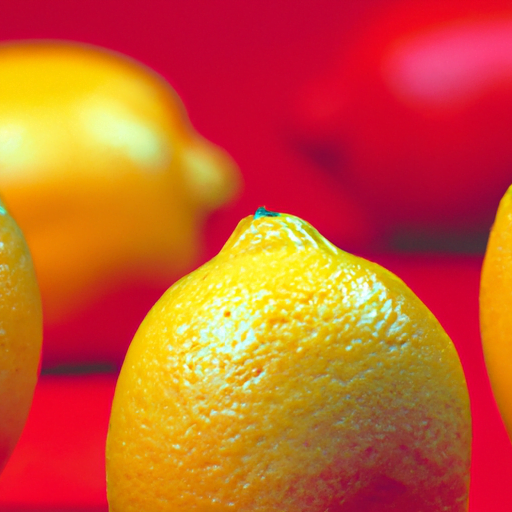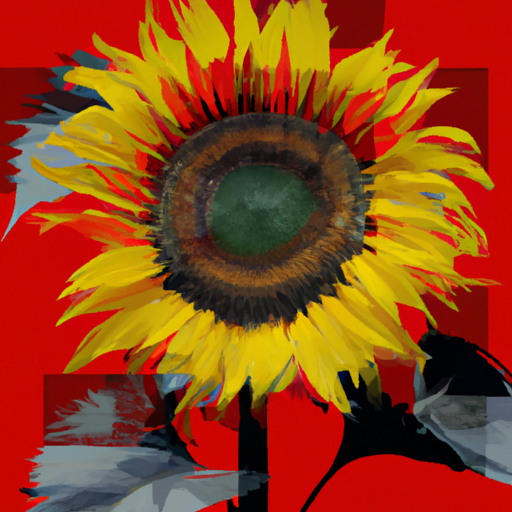
-
Table of Contents
- Biomimicry and Design: Learning from Nature’s Innovations
- 1. The Concept of Biomimicry
- 2. Examples of Biomimicry in Design
- 2.1. Velcro: Inspired by Burrs
- 2.2. Shinkansen Bullet Train: Inspired by Kingfishers
- 2.3. Self-Healing Materials: Inspired by Skin
- 3. Biomimicry in Sustainable Architecture
- 4. Biomimicry in Product Design
- 5. The Potential of Biomimicry
- 6. Conclusion
Biomimicry and Design: Learning from Nature’s Innovations

Introduction:
Biomimicry, also known as biomimetics, is a field of study that draws inspiration from nature’s designs and processes to solve human problems. By observing and understanding the strategies and mechanisms that have evolved over millions of years, designers and engineers can create innovative and sustainable solutions. This article explores the concept of biomimicry and its applications in various industries, highlighting the benefits and potential of learning from nature’s innovations.
1. The Concept of Biomimicry
Biomimicry is derived from the Greek words “bios,” meaning life, and “mimesis,” meaning to imitate. It involves studying nature’s patterns, structures, and systems to develop sustainable solutions that are efficient, resilient, and adaptable. The idea behind biomimicry is that nature has already solved many of the challenges we face, and by emulating its strategies, we can create designs that are both functional and environmentally friendly.
One of the pioneers of biomimicry, Janine Benyus, defines it as “innovation inspired by nature.” She emphasizes the importance of understanding nature’s principles and applying them to design, stating that “nature is our mentor, our model, and our measure.”
2. Examples of Biomimicry in Design
Biomimicry has been applied in various fields, from architecture and engineering to product design and materials science. Here are some notable examples:
2.1. Velcro: Inspired by Burrs
The invention of Velcro, a widely used fastening system, was inspired by the burrs that stuck to the clothes of Swiss engineer George de Mestral during a hunting trip. He examined the burrs under a microscope and discovered tiny hooks that allowed them to attach to fabrics. This observation led to the development of Velcro, which consists of two strips with one covered in hooks and the other in loops, creating a strong and reusable fastening mechanism.
2.2. Shinkansen Bullet Train: Inspired by Kingfishers
The design of the Shinkansen bullet train in Japan was influenced by the aerodynamic shape of kingfisher birds. Engineers noticed that kingfishers dive into water without creating a splash due to their streamlined beak shape. By mimicking this design, the Shinkansen train was able to reduce noise and energy consumption, making it more efficient and environmentally friendly.
2.3. Self-Healing Materials: Inspired by Skin
Nature has developed remarkable self-healing mechanisms, such as the ability of human skin to repair itself after an injury. Researchers have been inspired by this natural process to develop self-healing materials, which can repair cracks and damage without external intervention. These materials have the potential to revolutionize industries such as construction, automotive, and aerospace, reducing maintenance costs and increasing durability.
3. Biomimicry in Sustainable Architecture
Biomimicry has gained significant attention in the field of architecture, where designers are seeking innovative ways to create sustainable and energy-efficient buildings. By studying natural systems and processes, architects can develop designs that integrate seamlessly with the environment and reduce the ecological footprint of construction.
One example of biomimicry in architecture is the Eastgate Centre in Zimbabwe, which was inspired by termite mounds. Termites build mounds that maintain a constant temperature despite the extreme fluctuations in the external environment. The Eastgate Centre mimics this natural ventilation system, using passive cooling techniques to regulate the temperature inside the building. As a result, the building consumes significantly less energy compared to traditional air-conditioned structures.
Another example is the Bullitt Center in Seattle, which takes inspiration from the efficiency of trees in capturing and utilizing sunlight. The building features a solar panel system that generates more energy than it consumes, making it a net-positive energy structure. Additionally, the Bullitt Center incorporates rainwater harvesting and filtration systems, mimicking the water management strategies of natural ecosystems.
4. Biomimicry in Product Design
Biomimicry has also found applications in product design, where designers are exploring nature’s solutions to create more sustainable and user-friendly products. By understanding the form, function, and behavior of organisms, designers can develop products that are not only aesthetically pleasing but also efficient and environmentally conscious.
One example is the development of efficient wind turbines inspired by the fins of humpback whales. Humpback whales have unique bumps on their fins called tubercles, which reduce drag and increase lift. By incorporating these tubercles into wind turbine blade designs, engineers have been able to improve their efficiency and reduce noise, making wind energy more viable and accessible.
Another example is the creation of biomimetic adhesives inspired by gecko feet. Geckos can effortlessly climb vertical surfaces and even hang upside down due to the unique structure of their feet. Scientists have studied the microscopic hairs on gecko feet, known as setae, which create adhesive forces through van der Waals interactions. By replicating this structure, researchers have developed gecko-inspired adhesives that have applications in various industries, including robotics and medical devices.
5. The Potential of Biomimicry
Biomimicry has the potential to revolutionize design and innovation across multiple industries. By learning from nature’s innovations, we can create sustainable solutions that are not only efficient but also harmonious with the environment. Here are some key benefits and potential applications of biomimicry:
- Increased sustainability: Biomimicry promotes the development of sustainable designs that minimize resource consumption and waste generation.
- Improved efficiency: Nature has evolved efficient systems and processes over millions of years. By emulating these designs, we can create more efficient and optimized products and technologies.
- Enhanced resilience: Natural systems are often resilient and adaptable to changing conditions. By incorporating these principles into design, we can develop solutions that are more robust and capable of withstanding environmental challenges.
- Reduced environmental impact: Biomimicry encourages the use of renewable materials, energy-efficient designs, and waste reduction strategies, leading to a reduced ecological footprint.
- Inspiration for innovation: Nature’s designs and mechanisms provide a vast source of inspiration for innovation, enabling the development of novel and groundbreaking solutions.
6. Conclusion
Biomimicry offers a unique approach to design and innovation by learning from nature’s billions of years of research and development. By observing and understanding the strategies and mechanisms that have evolved in the natural world, designers and engineers can create sustainable and efficient solutions to human challenges. From Velcro to self-healing materials, biomimicry has already demonstrated its potential in various industries. As we continue to explore and embrace nature’s innovations, biomimic
